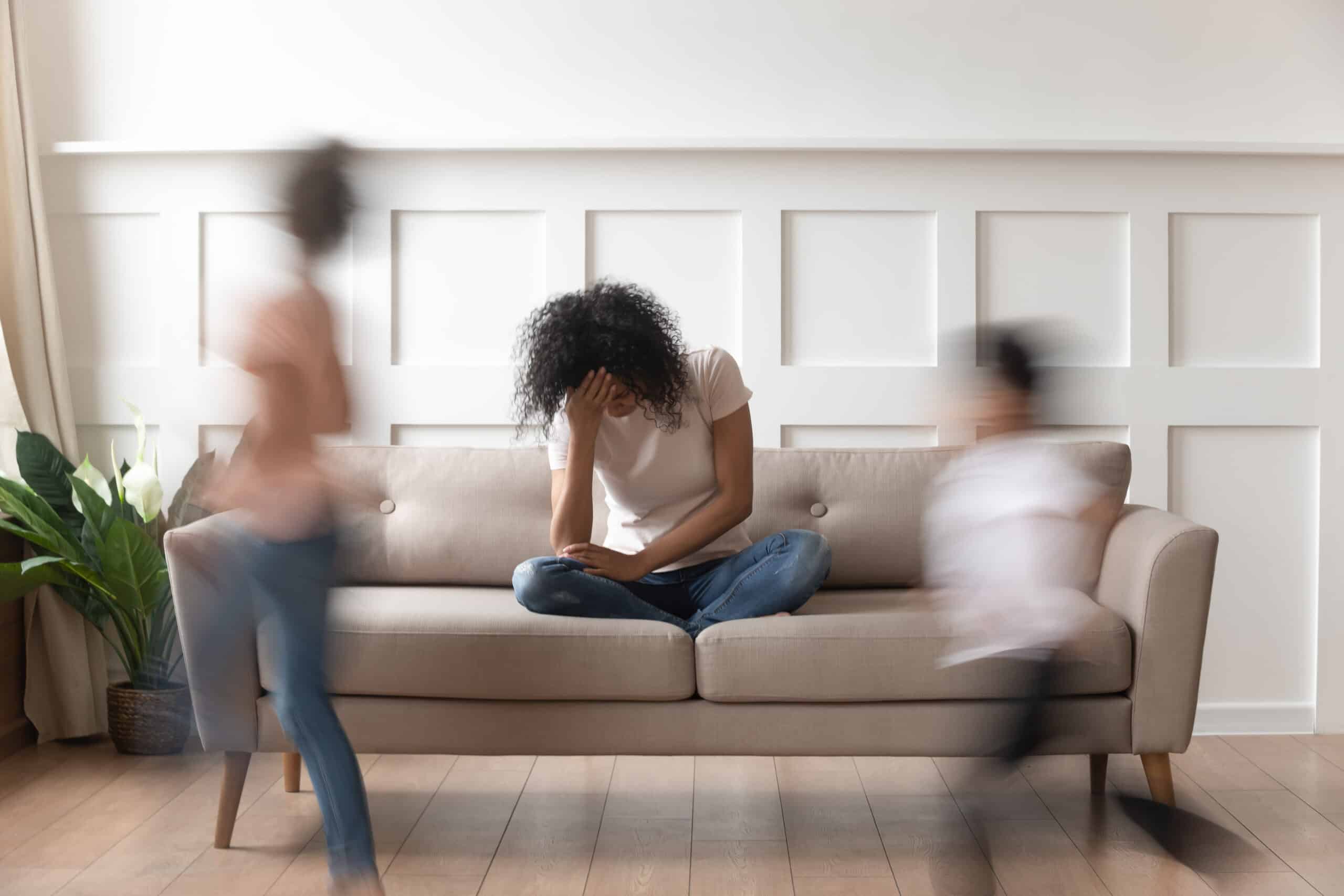March is national endometriosis awareness month. Although most women have heard of women’s health conditions such as PMS and uterine fibroids, many women do not know about endometriosis. We’re here to make sure you are informed.
What is Endometriosis?
Endometriosis happens when endometrial tissue that usually lines the inside of a woman’s uterus (womb), is also present outside of her uterus. Endometrial tissue, whether it is inside the uterus or outside, thickens and then sheds or bleeds, in response to hormone changes. When the endometrial tissue inside the uterus sheds, the result is menstruation, also called a period. However, in women with endometriosis who have endometrial tissue outside of the uterus, the bleeding occurs in areas where there should not be bleeding and pain often results.
What are some common symptoms?
Women who have endometriosis may have mild, moderate, or severe pain and cramping during their periods. The pain is often in their pelvis, lower abdomen, or lower back, as endometriosis is most common in the pelvis, though endometriosis can occur in other areas too. Some women with endometriosis also have pain during intercourse, especially with deep vaginal penetration.
How is it diagnosed?
Unfortunately, endometriosis can sometimes be difficult to diagnose and many women with endometriosis suffer for months, if not years, before getting diagnosed and treated. For this reason, if you or someone you know is suffering with very painful periods or intercourse, it is important for them to see their gynecologist, certified nurse midwife, or healthcare practitioner for evaluation and possible treatment. The healthcare provider will usually ask about their symptoms, perform a pelvic examination, may order tests including a pelvic ultrasound or other imaging, and may suggest using hormones (such as birth control pills or an IUD) or other medications to help with the pain. For some women when endometriosis is suspected, surgery may be recommended to confirm the diagnosis and to help with treating it. It is important that women with endometriosis receive a proper diagnosis and treatment, as endometriosis can lead to decreased fertility, infertility, and scarring, in addition to pain.
What are some treatment options?
Although self-care measures are not a substitute for care from a women’s health professional, they can support the wellbeing of women with endometriosis. Decreasing inflammation by eating an antioxidant rich diet filled with fruits, vegetables, and whole grains, while limiting saturated fat (from sources like red and processed meat), excessive caffeine and alcohol intake can help women with endometriosis. Exercise has also been shown to help with chronic pain so incorporating regular physical activity into your daily routine can possibly help with endometriosis associated pain. Emotional support through interacting with supportive friends and family members as well as reaching out for professional mental health support if needed, can help women handle the stress that often accompanies endometriosis. For more information about self-care for women with endometriosis, visit WebMD’s website.
Whether today is the first time you’ve heard about endometriosis, if you think you may have endometriosis or if you were diagnosed with it years ago, it’s important to see your gynecologist or CNM regularly for women’s health exams. Talking to a women’s health care professional with expertise in endometriosis and other women’s health conditions can help you to live your best life. Reach out to us at Diana Health if we can be of support to you.



